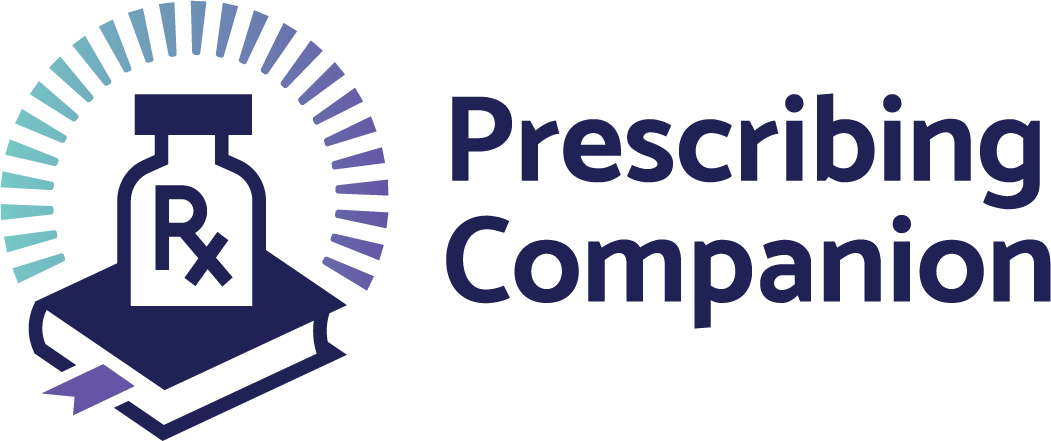Diphtheria
exp date isn't null, but text field is
ICD10 CODE: A36.9
An acute bacterial infection caused by Corynebacterium diphtheriae, which is spread through droplet infection and mainly occurs in the nasopharynx. The bacteria produce a toxin which is responsible for the systemic effects. Incubation period is 2-7 days.
Cause
Toxin of Corynebacterium diphtheriae
Clinical features
- Pseudomembranous tonsillitis (grey, tough and very stickly membranes) with dysphagia, cervical adenitis, at times progressing to massive swelling of the neck
- Airway obstruction and possible suffocation when infection extends to the nasal passages, larynx, trachea and bronchi
- Low grade fever
- Effects of the toxin: cardiac dysfunction (myocarditis with heart failure), neuropathies 1-3 months after the onset affecting swallowing, vision, breathing and ambulation
- Renal failure
Investigation
- Culture from throat swab
Management
| Treatment | LOC |
|
H |
|
When patient is able to swallow
In case of penicillin allergy give
|
H |
Prevention
- Isolation of patient and proper management of close contacts
- Monitor close contacts for 7 days and give prophylactic antibiotics: single dose benzathine penicillin IM (child <10 years: 600,000 IU, child >10 yrs and adults: 1.2 MIU)
- Verify immunisation status, complete if needed, give a booster if the last dose was more than a year before
- Immunise all children during routine childhood immunisation
